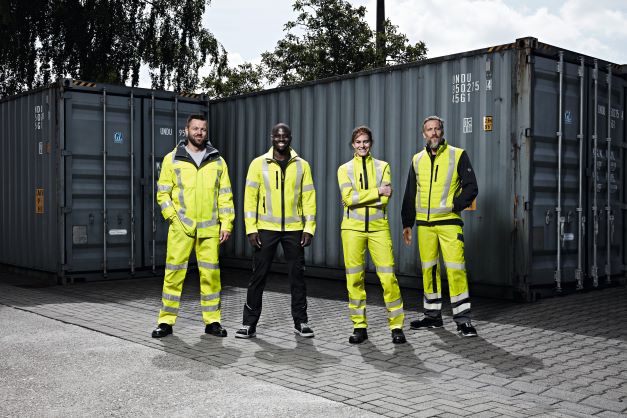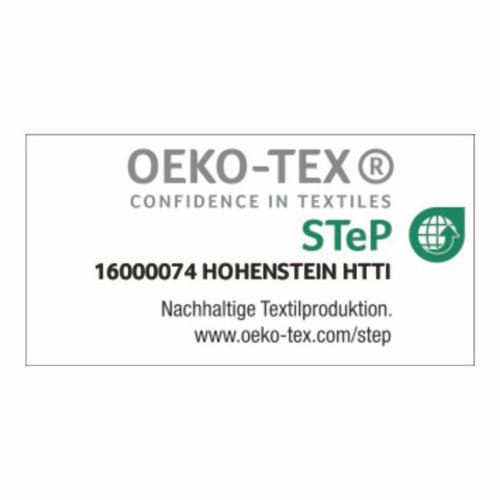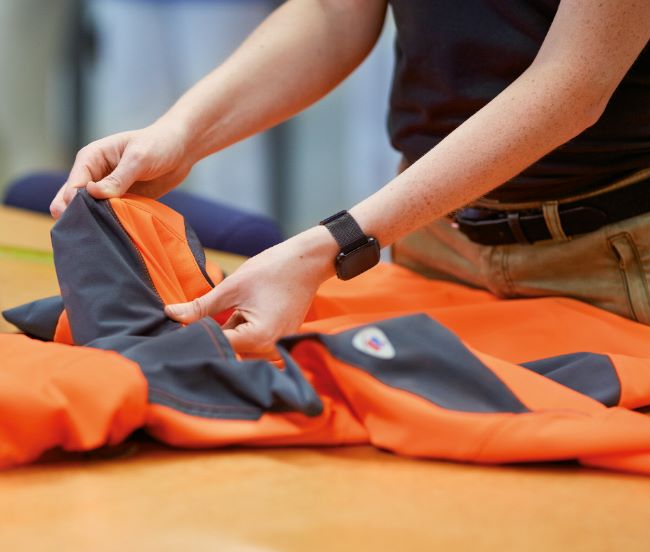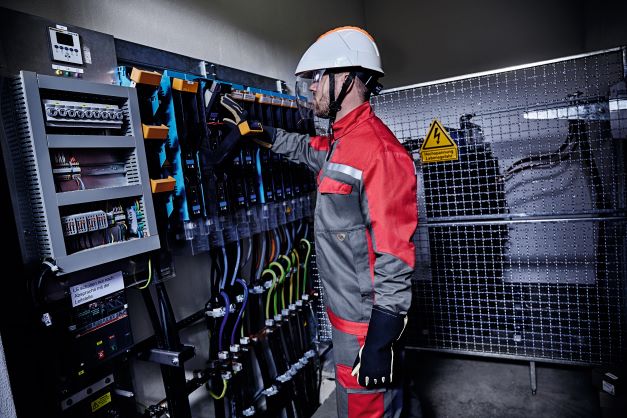
Why a risk assessment is indispensable before selecting PPE
For us as a manufacturer of workwear and protective clothing, questions of occupational health and safety have a high priority. Therefore, we would like to provide some important information on the subject of "risk assessment" and "risk evaluation".
Before selecting the PPE, the employer must perform a risk assessment in order to determine the required protection level of the clothing (see Sections 3, 4, 5 of the German Labour Protection Law – ArbSchG). In addition, a practical wash/wear test is essential.
Overline
Any questions?
Do you still have questions about the safe, standard-compliant use of personal protective equipment (PPE)? Then get in touch with our experts.

Doing our part

Fairwear

OEKO-TEX® STeP








